Raw data by itself is basically useless – it’s like having a chunk of unrefined metal just sitting there.
But once you process and refine that data properly, you unlock its true value as a precious resource.
Data analytics for healthcare is an absolute goldmine that’s booming harder than ever before.
The numbers speak for themselves – according to the American Hospital Association’s 2020 report, this industry generates a staggering 2,314 exabytes of data annually.
That’s a tsunami of data growing exponentially as we speak.
But all these advancements and next-level innovations are only possible if healthcare professionals have the right tools and skills to work on that data.
Let’s dive deep and explore how healthcare analytics is transforming the healthcare industry, driving significant and tangible impacts.
What Is Data Analytics for Healthcare?
This empowers healthcare organizations to enhance decision-making and optimize outcomes across the board.
Beyond that, healthcare analytics has its sights set on elevating the entire patient experience and delivering better health outcomes on an individual level.
Let’s explore how this data-driven approach is creating real change.
Benefits of data analytics in healthcare
Let’s break down how data analytics is an absolute game-changer in the healthcare industry:
Boosting efficiency: Imagine a healthcare system where no resources get wasted – not a single one. Data analytics makes that dream a reality by streamlining operations, cutting costs, and boosting profitability. It’s about maximizing efficiency to the absolute max.
Better patient experience: By diving deep into those data pools, healthcare providers can deliver personalized care experiences tailored to each individual via patient data analysis. This approach significantly boosts both patient satisfaction and loyalty.
Smart decision making: Data analytics provides those crisp, accurate insights that healthcare executives need to make informed decisions. From resource planning to staffing to strategy, it’s insights for days.
Predicting future needs: Data analytics can predict future events by analyzing historical data. For example, by analyzing seasonal data and past records data analytics predicts an increase in flu cases in certain months.
Cutting costs: Analytics identifies those financial pitfalls and areas of waste quicker than you can say “savings”. Healthcare providers can instantly take action to optimize spending and stop those money leaks.
Now let’s see how data analytics in healthcare can positively impact patient care.
How data analytics for healthcare improves patient care?
Here’s how healthcare analytics contribute to improving patient care:
Personalized treatments: Data analytics enables healthcare providers for extensive patient data analysis, including medical history, genetics, lifestyle, age, and treatment responses. Through these insights they can craft personalized treatment plans for each individual.
Preventing risks: Advanced analytical tools are capable of predicting and preventing risks. For example genetic data could be used to predict pre diabetic symptoms.
Optimize appointment scheduling: By analyzing available resources and patient seriousness data analytics helps in scheduling appointments. Means urgent cases get quick responses, cutting down on waiting times for critical patients.
Operational excellence: It’s about optimizing resource use and removing administrative bottlenecks and inefficiencies. The result? Efficient, timely, and excellent service every time.
Maintaining high quality: By constantly monitoring all the critical quality metrics, data analytics ensures healthcare providers stick to strict clinical guidelines without fail. We’re talking about high patient satisfaction and top-notch health outcomes.
Data analytics for healthcare is an absolute must-have for taking patient care and operations to elite levels. It’s optimizing everything from efficiency to affordability to quality of care.
Tools that can bridge data analytics and healthcare
Now let’s explore tools that provide healthcare analytics.
Here are two picks for data analytics tools, keep on reading.
Qlik analytics
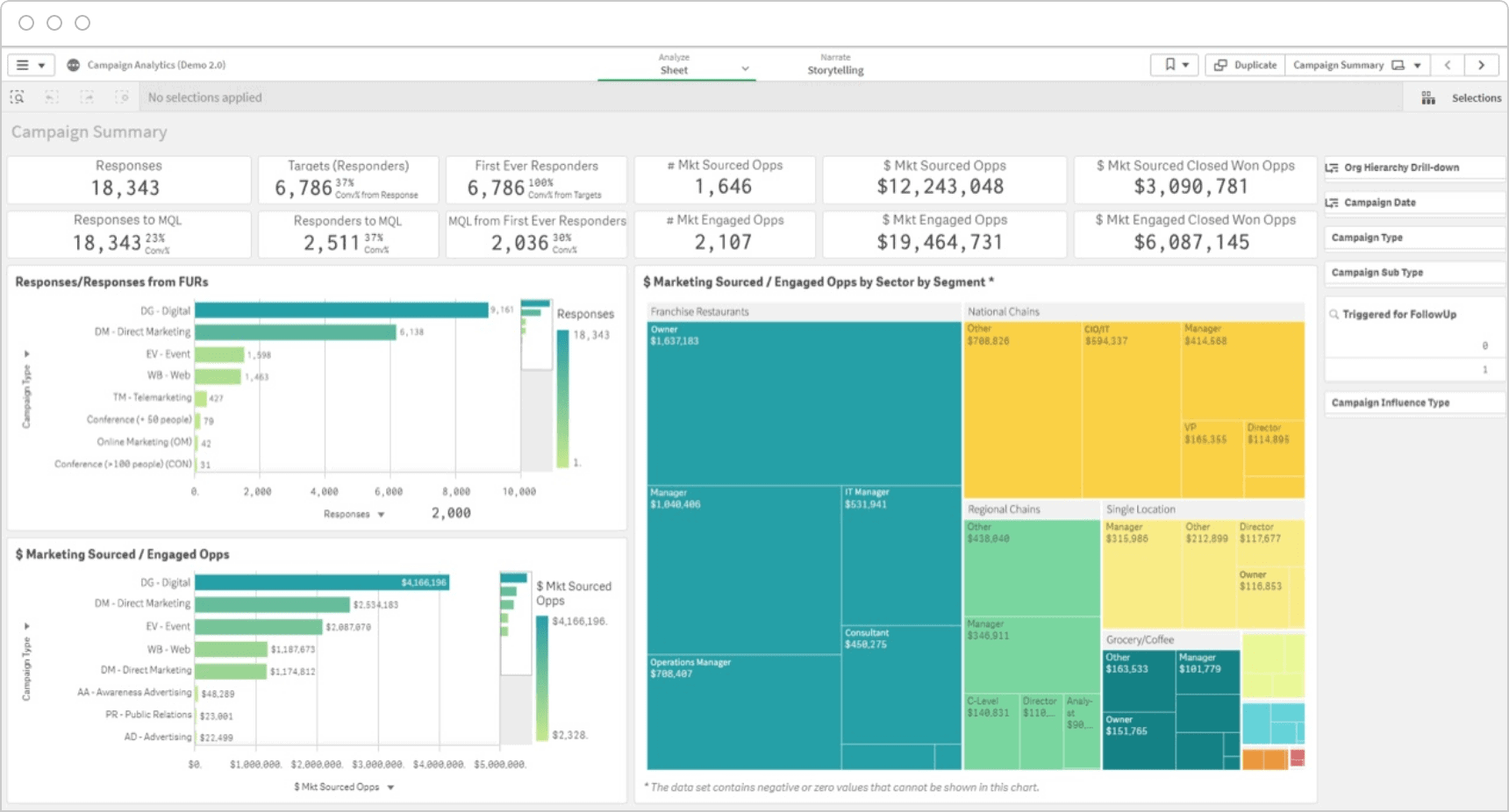
QlikView is an incredibly useful business intelligence tool designed to help healthcare providers make sense of their data.
It takes information from patient records, treatment outcomes, and other sources, finding patterns and connections that help in making better decisions.
Features:
- Explore data relationships: QlikView uses a unique associative data model to show how different parts of patient data are connected. This makes it easier for doctors to understand complex relationships that can impact patient health.
- Fast data analysis: With its in-memory data storage, QlikView can quickly analyze large amounts of data in real time. This speed is crucial for doctors who need to make timely decisions for patient care.
- Visual dashboards: QlikView creates interactive dashboards with graphs, charts, and maps. These visual tools make it simple for doctors and administrators to spot trends and important information at a glance.
- Combines different data sources: QlikView integrates data from various hospital systems like electronic health records (EHRs) and billing systems. This gives a complete view of patient health and hospital operations.
- Keeps patient information safe: QlikView has strong security features to protect patient confidentiality, ensuring compliance with healthcare regulations like HIPAA.
Cons:
- Initial setup may require IT expertise.
- Expensive with $2700/month.
- Learning curve for full capability use.
Domo analytics
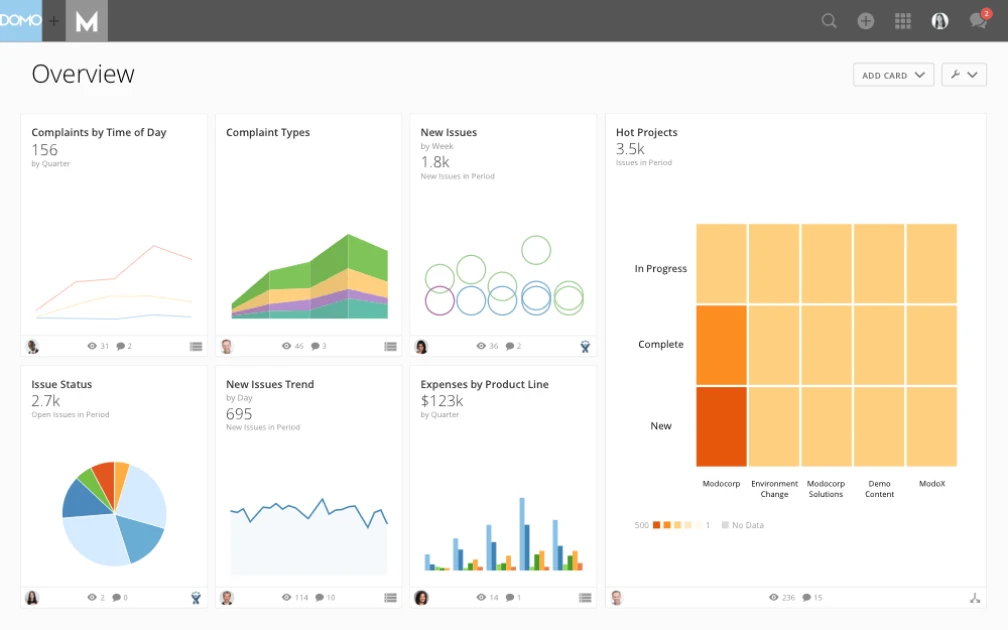
Domo is a cloud-based data analytics for healthcare that turns healthcare data into actionable insights.
It pulls information from electronic health records (EHRs), financial systems, and patient feedback, helping healthcare providers make data-driven decisions.
Features:
- Real-time data access: Domo connects to a wide range of data sources and updates continuously in real-time. This ensures healthcare professionals always have the latest information to make timely decisions.
- Customizable dashboards: Domo offers highly customizable dashboards with interactive visualizations like charts, graphs, and gauges. These can be tailored to meet the needs of different users, from clinicians to administrators.
- Seamless data integration: Domo integrates data from multiple systems like EHRs, billing software, and patient management systems into one platform. This unified view helps providers see the complete picture of patient care and hospital performance.
- Collaborative tools: Domo includes collaboration features like real-time chat, data annotations, and sharing options. These tools help healthcare staff discuss insights and make decisions together.
- Mobile accessibility: Domo’s mobile app allows users to access data and dashboards from anywhere, ensuring critical information is always at hand during patient rounds or meetings.
Cons:
- Can be costly, especially for larger hospitals or extensive use.
- Staff may need time to learn advanced features.
Both Qlik and Domo are expensive and complex tools, now let’s explore a cost effective and user friendly tool for healthcare analytics.
How Putler makes a difference?
There are very few tools that provide data analytics in the healthcare industry. One such tool is Putler.
Putler is an analytics tool for businesses that helps them process large amounts of data. It also gives useful insights to optimize workflow and improve operations and revenues.
To facilitate this, Putler fetches necessary data from 17+ data sources including your website, payment gateways, e-commerce platforms, shopping carts, and other data sources.
Let’s understand how Putler will be helpful for your healthcare business.
Segment customers and personalize marketing approach
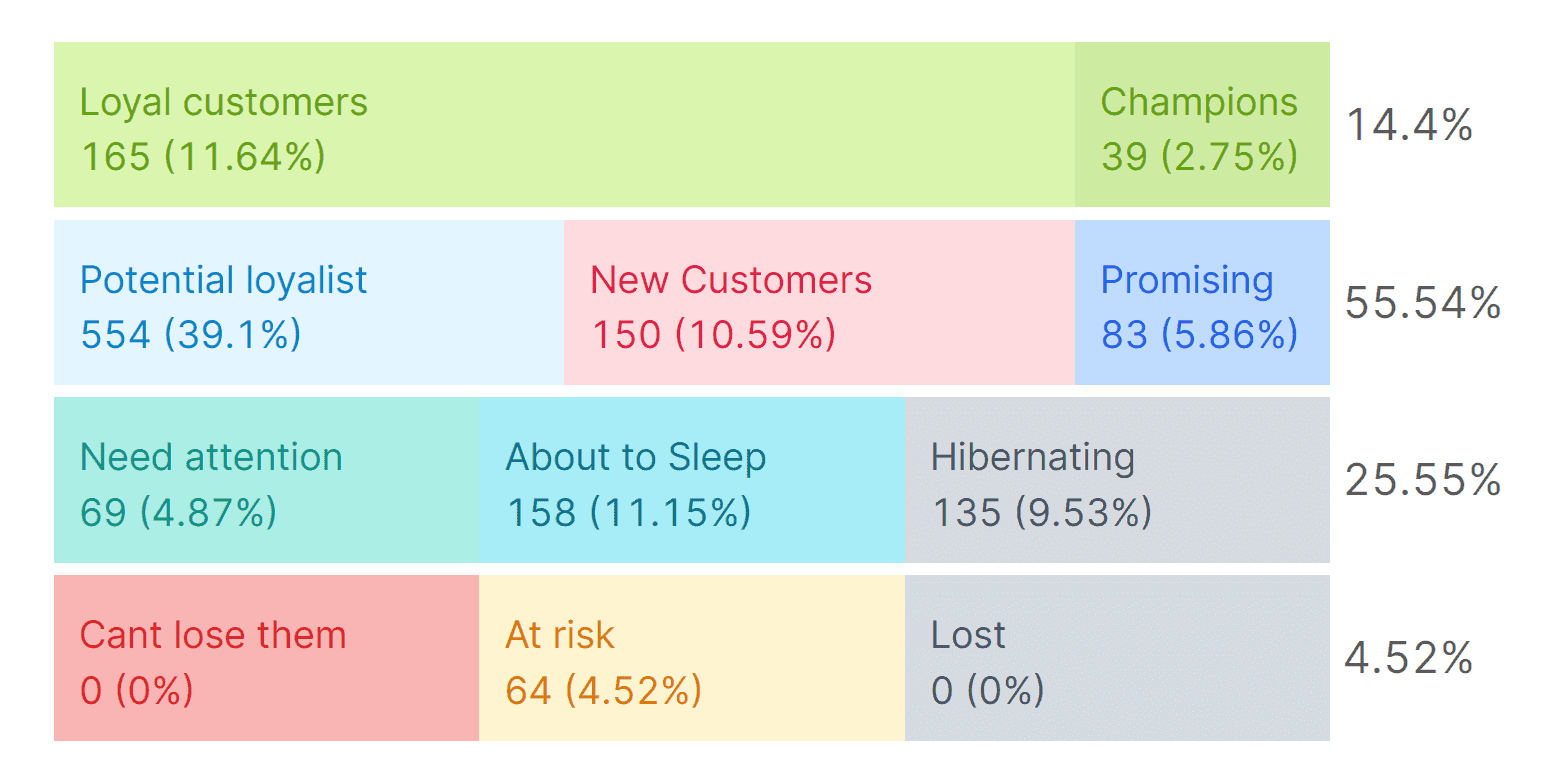
RFM segmentation is a game-changing feature offered by Putler that allows you to categorize your patients based on their Recency (how recently they interacted with your practice), Frequency (how often they visit), and Monetary (how much they invest in their healthcare) value.
By leveraging RFM segmentation, you can:
- Identify patients who have not interacted with your organization in a while and proactively reach out to them.
- Prioritize top patients and ensure they receive the highest level of care and attention.
- Allocate resources effectively based on patient segments, improving overall operational efficiency.
Know your patients in-depth
Putler’s customer cards consolidate all the essential information about your patients in one place.
By having access to details like past purchases, transaction history, contact information, and location, you can gain a deeper understanding of each patient’s needs and preferences.
This comprehensive view allows you to:
- Personalize care plans based on individual patient requirements.
- Streamline communication by using the patient’s preferred contact methods.
- Identify patterns in patient purchasing behavior to proactively address potential concerns.
Identify new patients
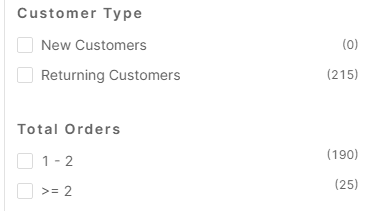
Putler makes data analytics and healthcare go hand in hand as it easy to identify new patients, either through the dedicated “New Customers” filter or by using the RFM segmentation’s “New Customers” segment.
Quickly identifying new patients can help you:
- Initiate a smooth onboarding process and create a positive first impression.
- Collect necessary data for patient data analysis, such as medical history and insurance information, right from the start.
- Assign dedicated care coordinators to guide new patients through their healthcare journey.
Ask for feedback to improve
Use the RFM segments to ask for the right feedback from the right patients.
Let’s understand how to execute this with perfection.
Champions, Loyal Customers, and Potential Loyalists:
- Validation of Best Practices: Feedback from these segments can validate successful practices and services that are highly valued by patients.
- Identifying Service Gaps: Despite their satisfaction, these patients may still provide insights into areas for improvement.
Recent Customers, Promising, and Customers Needing Attention:
- Improving Onboarding Processes: Feedback from new or infrequent patients can highlight challenges during their initial interactions.
- Enhancing Engagement Strategies: Feedback from Promising and Customers Needing Attention segments can reveal barriers to engagement, such as unclear communication or inadequate follow-up.
Hibernating, About to Sleep, and At Risk:
- Reactivating Engagement: Feedback from these segments often signals reasons for decreased engagement or dissatisfaction. Patient feedback might highlight significant issues they have encountered.
- Mitigating Patient Churn: Understanding the concerns and expectations of patients in these segments through feedback allows providers to take proactive steps to prevent patient churn.
This data-driven approach enables targeted enhancements in patient care delivery, leading to improved patient satisfaction, retention, and overall healthcare outcomes.
Such healthcare analytics and insights can really be a game-changer.
Analyze Customer LTV
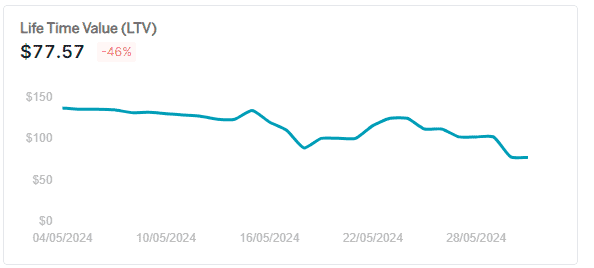
Putler’s LTV stat helps the pharma departments of healthcare businesses to easily understand if they are able to retain their patients who regularly need medications.
We’re talking about those individuals dealing with chronic conditions like high blood pressure, diabetes, and other ailments, who need to consistently purchase medications at regular intervals.
They can further find those patients via RFM segmentation and offer exclusive discounts or attractive subscription pricing. This makes these patients keep getting their medicines from you.
The key is using Putler’s LTV overview to estimate the total profit a healthcare business can expect from loyal recurring buyers and implement strategies to retain them.
Now here’s an important note – Putler provides LTV metrics only for those businesses that bring in data from Stripe, WooCommerce, EDD, Braintree, and Authorize.Net among other data sources.
Analyze campaign effectiveness
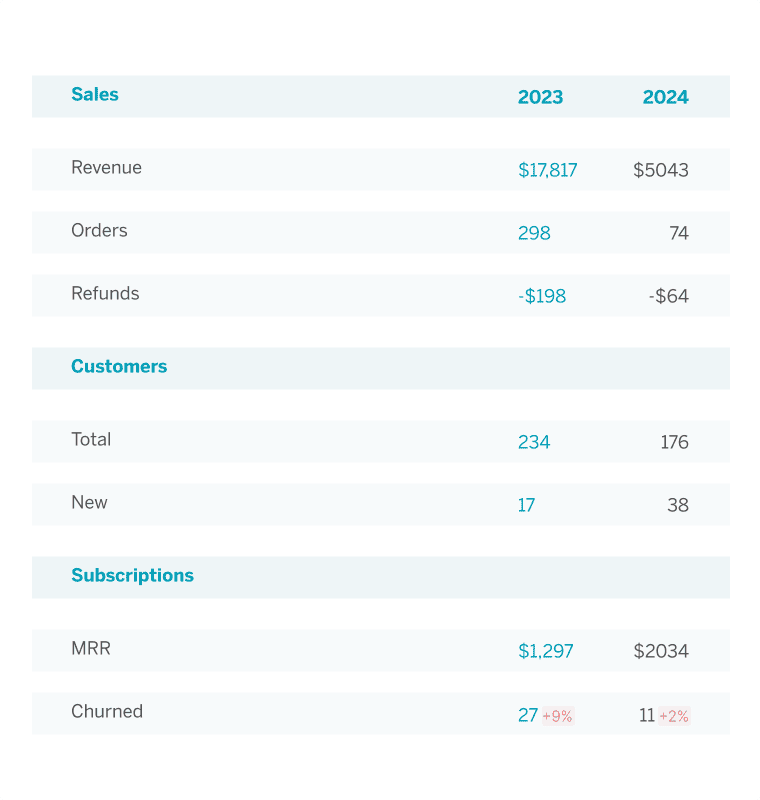
This powerful tool gives healthcare providers critical insights to understand which strategies really connect and engage patients effectively.
By analyzing that campaign data through Putler’s lens, you can make way more informed decisions for leveling up your future efforts.
But that’s not all Putler brings to the table for healthcare providers – let’s break down how it maximizes your product strategy too.
Identify cross-selling and upselling opportunities
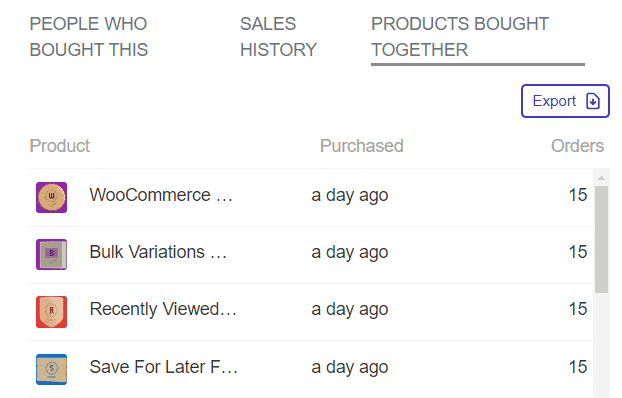
In the Products dashboard, you can click on any specific product and Putler will flood you with valuable details around the same.
Among these, one key insight shows which products are frequently bought together by patients.
With that knowledge, you can start bundling and strategically cross-selling/upselling those complementary products for increased sales.
This strategy helps maximize total revenue.
Get inventory insights
Putler also reveals your fastest and slowest-moving products.
Using these insights, you can stock up properly on the hot sellers and possibly even eliminate the sluggish underperformers.
Also, facets like quantities sold allow healthcare providers to optimize their supply.
Reduce refund rates
Putler also helps reduce refund rates by utilizing the refund percentages facet.
By identifying products with high refund rates, you can promptly address specific issues and implement corrective measures to lower these rates.
Analyze product performance
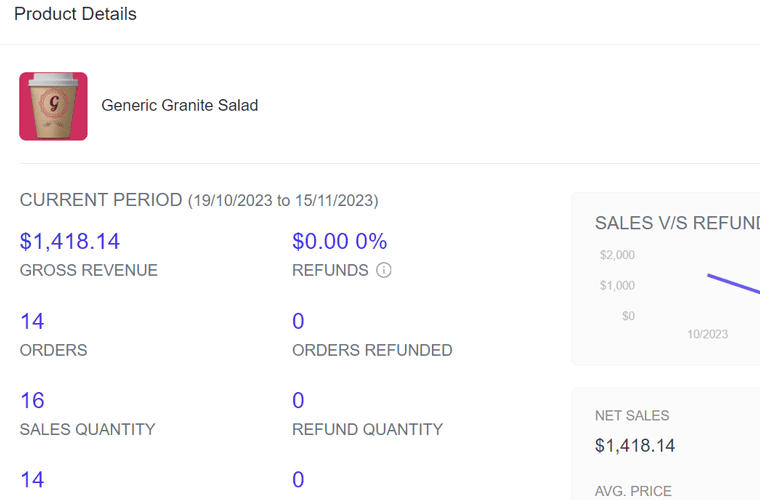
Moving on to performance insights, Putler’s in-depth product performance reports give a panoramic view of how each product is performing – revenue, customer data, day-wise sales, you name it.
With this analytical firepower, healthcare operations can be refined and optimized continuously through data-driven decision making.
Putler also allows for comprehensive performance comparisons over any selected timeframe.
Providers can create product segments and compare metrics year-over-year to identify trends.
What is the future of data analytics in the healthcare industry?
Historically, the healthcare industry has been slow to adopt new technologies and data-driven approaches.
However, it is now in a prime position to capitalize on the power of data analytics and insights.
The future of data analytics for healthcare is set to revolutionize the industry in an engaging and transformative way.
In this future, advanced analytics in healthcare will help hospitals use their resources better, make operations smoother, and improve treatments for everyone.
Satisfied patients mean repeat business, positive reviews, and increased revenue.
Data analytics will improve billing accuracy, reduce claim denials, and streamline collections, enhancing financial performance.
Moreover, advanced algorithms will identify unusual patterns in claims and transactions, reducing financial losses due to fraud.
Overall, the future of data analytics in healthcare looks very promising.
Conclusion
In today’s increasingly data-driven world, strong analytics are essential for any business looking to stay ahead.
Data analytic tools are essential for efficient resource management, and effective marketing campaigns that get results—all in one package.
These tools also swiftly find new patients, collect essential feedback for ongoing improvement, and accurately measure marketing success.
If you haven’t been using data analytics for healthcare, now’s your chance to try it out with Putler’s free trial.
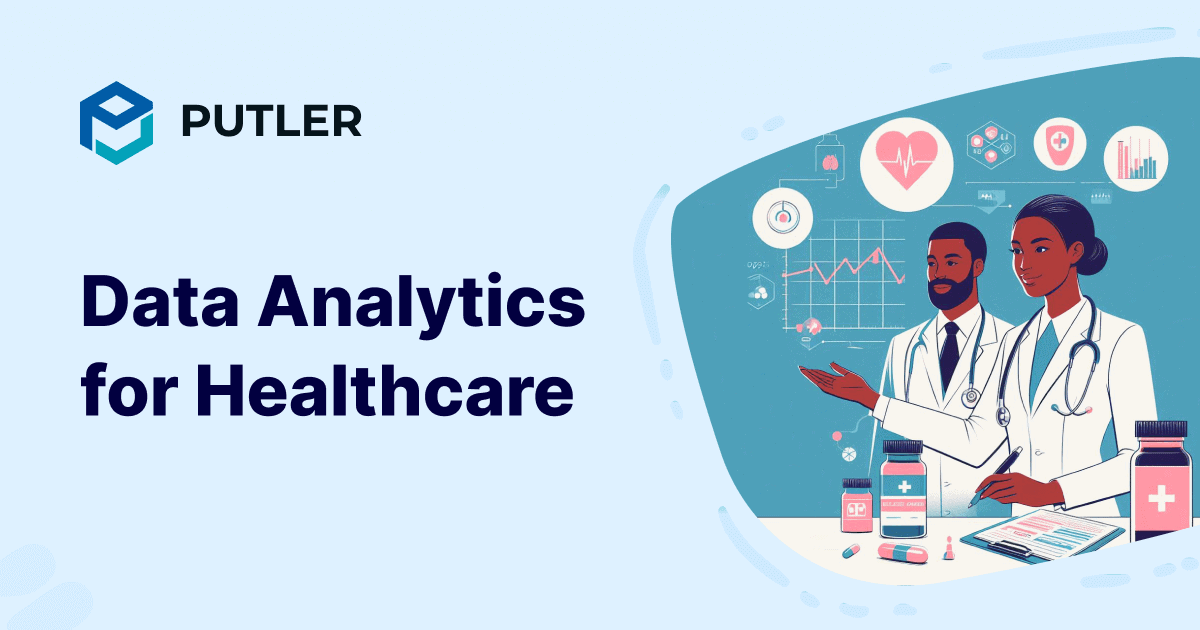
Really informative blog postReally thank you! Cool
Thanks for the appreciation, Theo!